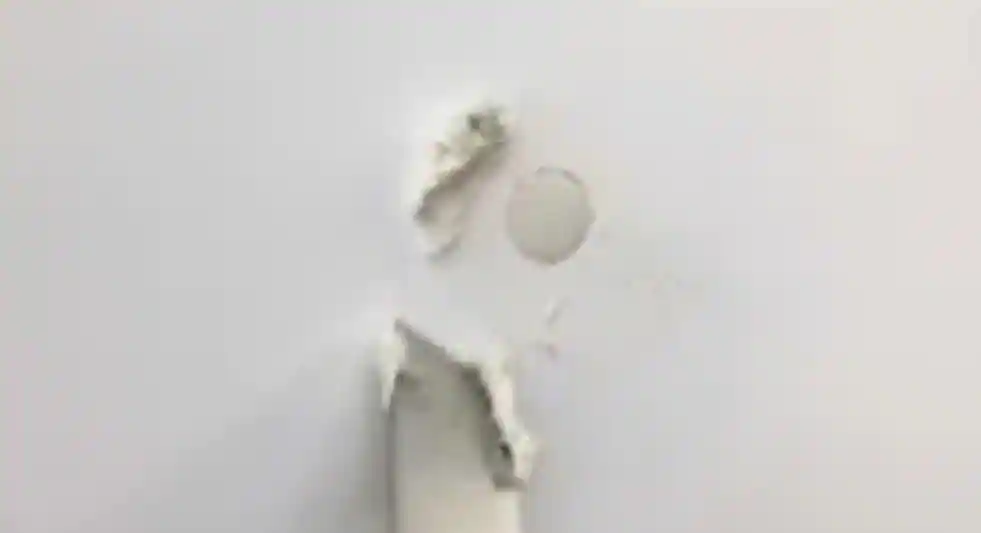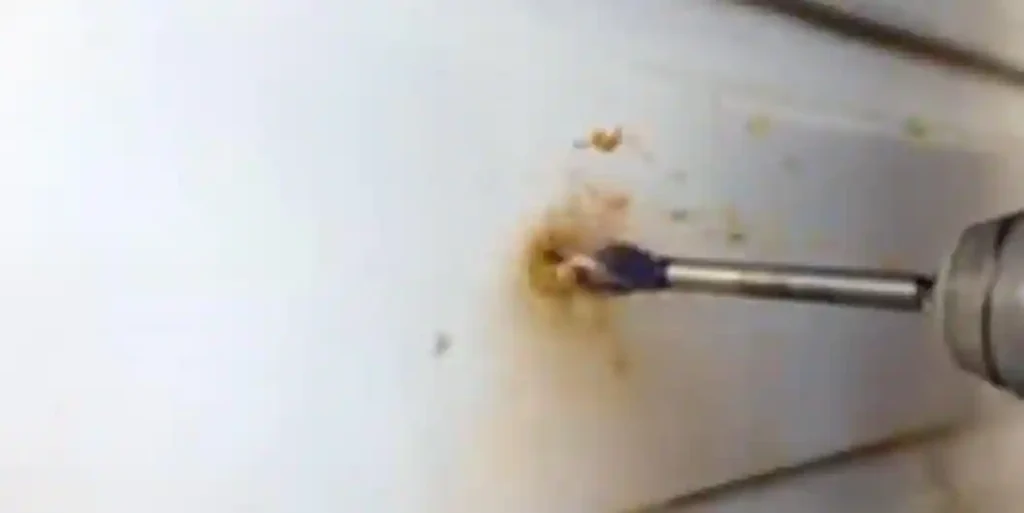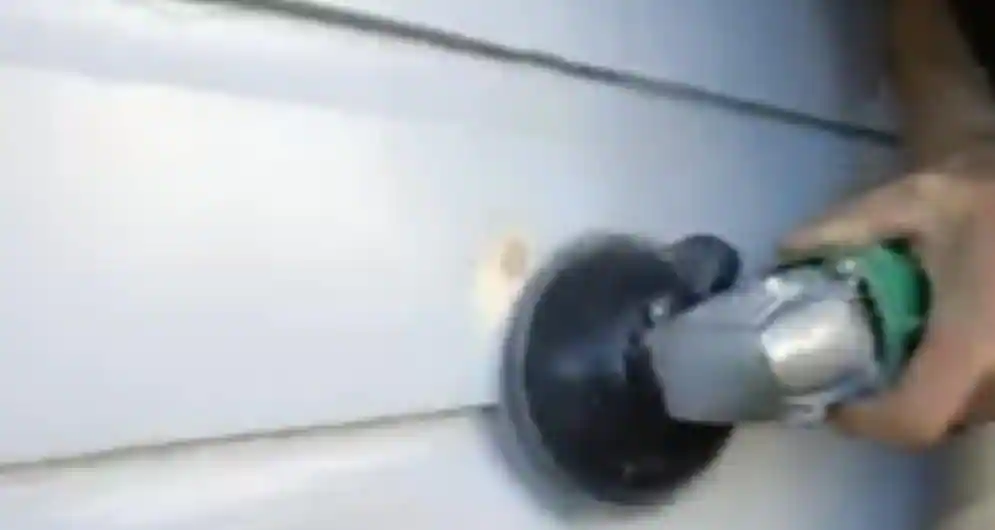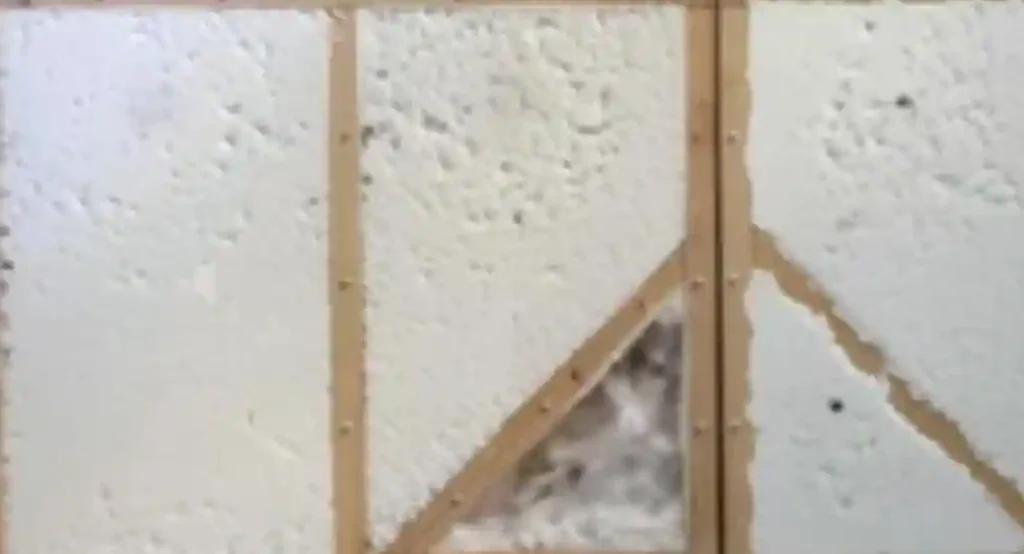Retrofoam Cost, this post helps to guide you about your budget and insulation cost. Effective and required insulation is very necessary to your building. A cutting-edge solution for the issue of inadequate and ineffective home insulation is RetroFoam insulation. RetroFoam, in contrast with traditional insulation methods, is introduced into already-existing walls to fill in cracks and gaps and create a smooth and invisible thermal barrier. This innovative and new idea of solution to increase energy- efficiency, has many advantages, such as reduced utility bills, improved indoor comfort, and a smaller effect on the environment, in addition to improving energy efficiency along with healthier environments.
New insulation options such as RetroFoam have become more and more effectively-liked because of how well it improves comfort as well as energy efficiency in both residential and commercial buildings. The cost of Roll and Batts insulation is different, you may read that post. Generally, RetroFoam insulation is a type of foam insulation that was created particularly for retrofit applications, compared to common insulation methods like cellulose, asbestos, and blown-in insulation. The unique features of this material are known as great and best which makes it an excellent choice for buildings that are currently present. Let’s explore the details of RetroFoam insulation, covering its functions and main advantages.
What Is Retrofoam

A kind of foam-in-place insulation called RetroFoam is injected into a building’s existing wall cavities or other areas. It is mostly utilized to replace or replace insulation in older buildings or homes that may not have sufficient of it. The component that makes up the foam is polyurethane which is well-known for having excellent insulating properties.
How Will Insulation Composed of RetroFoam Work?
To install RetroFoam insulation, tiny holes must be drilled into the wall cavities, usually from the building’s outside or interior. Once the holes are made, liquid RetroFoam is injected into the cavities. It expands and solidifies as it fills the area, creating an airtight barrier that effectively closes off holes and gaps.
RetroFoam insulation has become known for its amazing ability to fill in even the smallest gaps and conform to unusual shapes. By ensuring a thorough and even coating, lowers the possibility of heat loss and thermal bridging.
The Main Benefits of RetroFoam Insulation

Energy Efficiency
By acting as a strong thermal barrier, RetroFoam insulation greatly increases a building’s energy efficiency. By keeping as well as maintaining, the interior temperature constant and regulating, it lessens the strain on the heating and cooling systems and, as a result, it will help to lower energy costs.
Provide air-selling quality
RetroFoam’s expanding characteristic makes it possible for it to fill wall gaps and cracks, preventing the entrance of air. By restricting and helping to stop the number of dust allergens, and dirty air that enter from the outside, this air sealing helps to improve the quality of the air inside and helps to keep your home more airtight.
Sound-reducing quality
RetroFoam not only provides thermal insulation but also acoustically dampens noise. It is an excellent and best choice for all types of homes looking to create a more peaceful as well as comfortable living space as it can lessen noise transmission.
Non-Intrusive Installation
RetroFoam insulation installation is largely non-intrusive. The small injection holes have little effect on the building’s look because they are simple to fix after installation.
The durability of this insulation material
RetroFoam insulation has a reputation for being long-lasting. After the installation of styrofoam insulation, it can help to maintain successful insulating properties for an extended period, offering an effective fix for improved comfort and energy efficiency.
RetroFoam insulation is known as an effective and contemporary way to improve and enhance the insulation of already existing structures or surfaces of your home’s walls, ceiling, or attic. Because of its special qualities, it’s a flexible option for homeowners looking to improve their homes’ comfort with its soundproofing means soundproofing quality and helps to increase energy efficiency. For those homeowners who wish to retrofit their homes with a high-performance insulation solution and material of the best quality, RetroFoam stands out as a dependable option as the need for affordable and environmentally friendly insulation choices has grown recently.
Retrofoam Problems

Now here In this passage, we’ll examine some typical retrofoam issues and problems, that homeowners could run into and discuss possible fixes.
The problem of Putting and combining
The potential for settling or compression over time using retrofoam insulation is one of the main worries. This may result in less effective insulation and inconsistent heat efficiency across the building. As a result, it will help to reduce the insulation efficiency.
Solution:
Regular maintenance and inspections are essential. To restore insulation levels, more retrofoam can be injected if settling is noticed. A skilled and expert professional installation is essential and can help to reduce settling, putting, and combining problems.
The problem of Moisture Control
Retrofoam’s capability to stand up to water is popular. However poor installation or unexpected issues may enable moisture to pass in, which could result in the growth of mold and decrease the insulation’s efficiency.
Solution:
It is important to take care of any pre-existing moisture problems in the walls before installation. Homeowners should also make sure that there is adequate ventilation and drainage to avoid water buildup inside the walls.
Improper Air Sealing
Retrofoam is meant to fill cracks and gaps in the walls and provide insulation. The total effectiveness of the insulation may be harmed by inadequate air sealing, which allows the transfer of heat and reduces energy efficiency.
Solution:
Before installing retrofoam, thoroughly examine the building exterior and fix any gaps or cracks. Effective insulation and air sealing depend on professional installation.
Problems with Compatibility
Neither every kind of construction nor already present insulation is an appropriate fit for styrofoam. When styrofoam is used in combination with other insulation products, compatibility issues can arise.
Solution:
Make sure that you inspect the construction materials and insulation carefully and properly before installation. To find out if retrofoam will work with the specific needs of the construction, speak with experts in insulation.
Cost-related factors
While retro foam is known to prove cost-effective in the long term, certain homeowners may be concerned about the cost at first. Making an informed choice requires having an intimate knowledge of the long-term advantages.
Solution:
Homeowners need to take into account retrofoam’s possibility of long-term energy savings and improved home value. Exploring possible financial benefits and credits may also assist in covering the initial costs.
For proper work of retrofoam home, you need to keep attention on regular maintenance of insulation, installation done by a professional installer, and a thorough understanding of the specific needs of the structure of your home, these are key elements, necessary to ensuring the long-term success of retrofoam insulation in enhancing energy efficiency and comfort in homes. Although retrofoam insulation can able to provide many advantages, there on other necessary things that is, homeowners must be aware of retrofoam problems and their solutions as well as potential challenges and take proactive measures to address them.
Retrofoam cost

Retrofoam insulation has been very popular recently, providing homeowners looking to improve comfort and energy efficiency in their houses with a practical alternative. In this passage of this post, we will recover information about the specifics of retrofoam cost, examine the various things that affect price, comprehend the cost of retrofoam per square foot, and offer an idea of the typical costs related to retrofoaming a home, so let’s start.
The total cost of retrofoam insulation is influenced by several factors. When you are thinking about using this insulation technology retrofoam, many homeowners can make more educated selections if they are aware of these factors. The cost of retrofoam depends on the following things.
The house’s size
Your home’s square footage plays a big part in how much it will cost in total. Larger homes come with higher costs because they require more labor hours and retrofoam material.
Accessibility
One important factor is how easily accessible your walls are. Your installation process is likely to proceed more smoothly and labor costs may go lower if your walls are easily accessible. However, more time and effort can be needed if there are difficulties or obstacles in the way of reaching specific areas.
Thickness of Insulation
The thickness of the retrofoam used has an impact on the price as well. Higher R-values, a gauge of heat resistance, are typically achieved by thicker insulation, although the cost of the material is higher.
Costs of Local Labour
The cost of labor differs by location. The total cost of installing retrofoam may go up if labor costs are higher in your location.
Condition of the Existing Walls
The total cost may increase if your walls need to be cleaned or repaired as part of the preparation process. For best results, make sure the walls are in good condition before retrofoaming.
The Cost of Retrofoam Per Square Foot
Understanding the financial effects of retrofoam insulation can be achieved by calculating the cost per square foot. Retrofoam can cost anywhere from and per square foot on average. But keep in mind that this is only an estimate, and the real cost can differ depending on the previously listed factors.
The factors affecting the retrofoam cost per square foot are broken down into three categories:
Material Cost
The cost of retrofoam is usually expressed in terms of board feet. The price per board foot could differ depending on the kind and type of retrofoam selected, The price per board foot could differ depending on the kind and type of retrofoam selected, from $0.80 to $1.50.80 to .50.
Labour Charge
A sizeable amount of the total expenses comes towards labor costs. Labor costs per square foot might range from .50 to on average. This includes the cost of installation as well as the expertise of the workers who are doing the work.
Additional Costs
The total cost per square foot may include extras like equipment rental, material transportation, and any necessary set of initial work.
Average Cost To Retrofoam A House

The national average square footage of dwellings in the United States is roughly 2,300 square feet, therefore this number should be taken into account when estimating the typical cost of retrofitting a house. We can estimate and retrofoam cost per square foot and average cost to retrofoam a hosue, the cost of retrofoaming a house using the $2 to $4 cost per square foot range given before.
the low-cost estimate
$2/square feet x 2,300 (average square footage) = $4,600
The highest estimate or cost:
$4 per sq feet x 2,300 sq ft (average square footage) = $9,200
It’s important to remember that these are only approximate costs and that the final cost may vary depending on specific factors affecting retrofoam costs in your area.
ROI (Return on Investment) and Longer Savings:
Retrofoam insulation may appear costly up front, but it’s important to think about the long-term savings and return on investment. Retrofoam is well-known for its energy-saving qualities, which over time can result in lower heating and cooling expenses. Retrofoam insulation turns out to be an economically sound choice over time because homeowners can typically recover their initial investment with lower energy costs.
Bottom line and To Sum Up, Retrofoam Cost, What Is Retrofoam and Retrofoam Problems
To sum up, and at the end of this post, after this whole information, we hope you understand that, there are several benefits you will get after using RetroFoam insulation. For retrofits, you may have upfront expenses. RetroFoam can be expensive according to retrofoam cost per square foot and take higher cost, but surely it’s workable and knows as the investment pays off in the form of lower utility costs, improved energy efficiency, and help to make a cozier home.
The increased environmental effect and long-term benefits justifiably offset the expense per square foot. The perfect and accurate retrofit procedure guarantees the seamless integration of RetroFoam, improving insulation without causing significant interruptions to existing buildings. In general, we should say, that RetroFoam is appealing and known as the best option for people looking for efficient and sustainable housing solutions because of its affordability, ease of retrofitting, and insulating qualities.
Do let us know how you feel about this information by commenting.
Like our Facebook page and follow for other updates like this.
